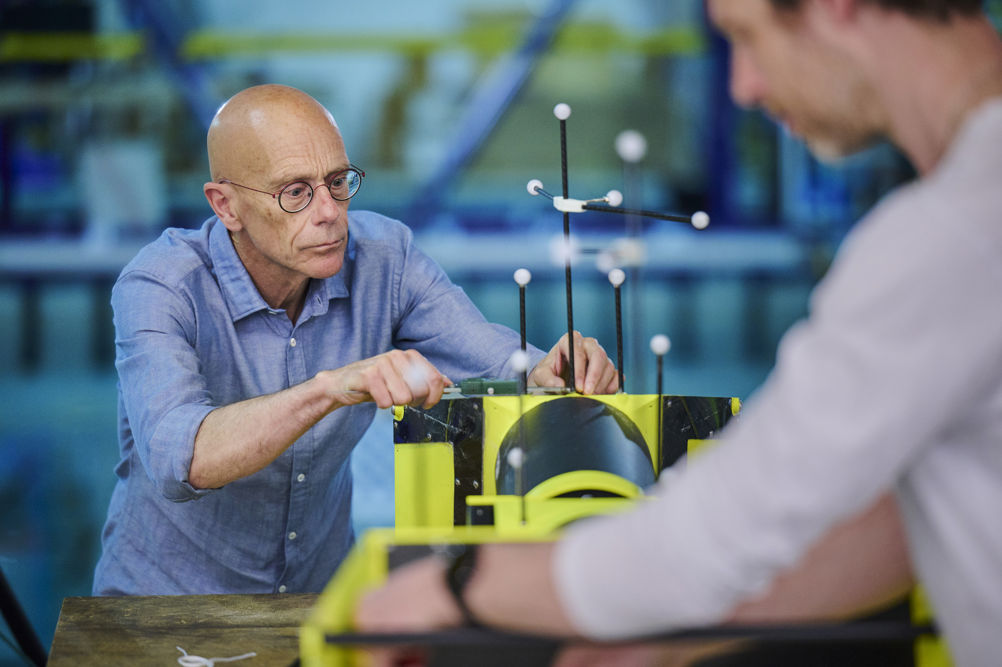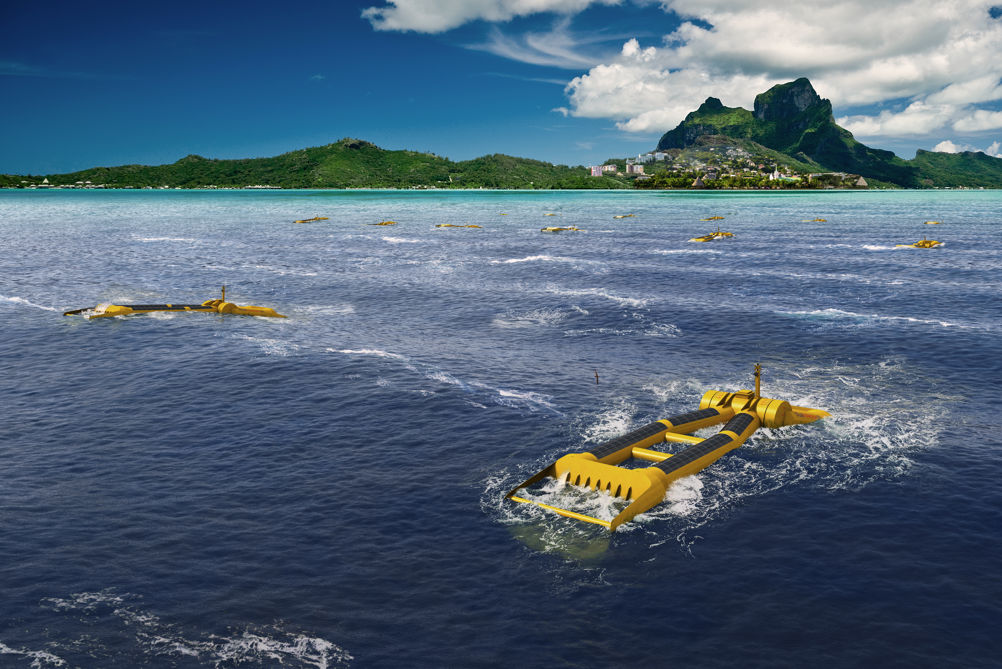Phase 1 of the €20m programme has seen initial backing for seven different wave technologies, with Mocean and the other developers now developing their concepts and validating performance with tank testing and simulation.
Related content
Mocean will take part in an eight-day test run at the University of Edinburgh’s FloWave facility, where 3D-printed scale models of Blue Horizon will be tested in conditions that mimic both the European Marine Energy Centre (EMEC) in Orkney and the Biscay Marine Energy Platform (BiMEP) in Spain. The final phase of EuropeWave will see three of the seven technologies selected to undergo prototype testing at EMEC and BiMEP.
“The purpose of our testing is to validate our numerical models and the hydrodynamic performance of our 250kW design,” explained Chris Retzler, founder and chief scientist at Mocean Energy.

"We already have a huge amount of real-world data from our 10kW Blue X prototype which was deployed successfully at EMEC last year. This is now being developed into our commercial 20kW Blue Star device which will provide autonomous power to a range of subsea equipment, inspection and maintenance systems.
“The 250kW Blue Horizon is a much bigger machine. It will be 2.5 times the length of Blue X but will generate 25 times the power.”
Blue Horizon is a mid-scale wave energy machine designed to deliver grid power to remote and island communities. The testing at Edinburgh’s FloWave will see Mocean using 1/25 and 1/50 scale models in the facility’s tanks, created using an advanced 3D printer.

“This test programme is enabling us to take what we know already and further refine and validate our numerical models, looking specifically at optimum power production and survivability of the Blue Horizon in the actual sea states it could experience at BiMEP or EMEC,” Retzler continued.
“There is no facility better suited to our requirements and the test and validation programme is going well.”
After each phase of the EuropWave programme, evaluations will be carried out to assess the best of the competing technologies. The wave energy developers with the best-value-for-money solutions will be offered a call-off contract for the next phase, under the framework agreement. The final phase of the programme will see the top three technologies undergo testing in real sea conditions at EMEC and BiMEP in 2025.











Guest blog: exploring opportunities for hydrogen combustion engines
"We wouldn't need to pillage the environment for the rare metals for batteries, magnets, or catalisers". Batteries don't use rare...